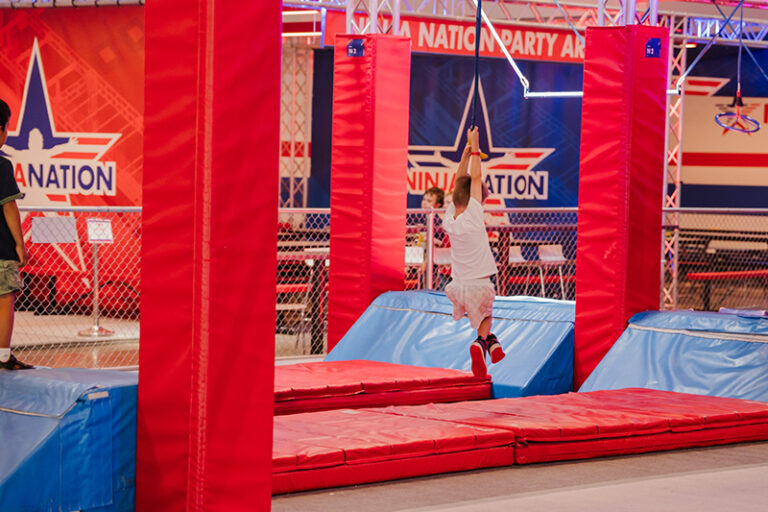By Sarah Hauge
A few weeks ago, while slogging through a dreary mid-winter run, I decided to mix things up. “Why not sprint a little?” I asked myself. I’d heard someone mention a New Year’s resolution to sprint regularly and had a mixed reaction: 1. Why would anyone want to do that? 2. As a runner, shouldn’t I sprint sometimes?
I had already run a couple of miles at my typical nowhere-near-as-fast-as-it-used-to-be pace, so I went for it—30 seconds of all-out effort. My footfalls were heavy on the pavement, my form bordering on out of control, and I was relieved when the 30 seconds were up. But a couple of minutes later, I was ready to go again. I repeated the intervals several times, then settled into an easy pace to finish the run.
Walking back to my house, I noticed something strange. I felt…happiness? Maybe even low-key elation? I run often, but I couldn’t remember the last time I’d felt this elusive “runner’s high,” especially not in my least favorite part of the year. The unexpected buoyancy lasted hours. Maybe even in the depths of winter—even in 2025—life could feel light and fun sometimes? I vowed to sprint again soon.

Why Sprinting Works
Sprint interval training (SIT) is a form of high-intensity interval training (HIIT), where short bursts of intense activity alternate with periods of recovery. The benefits are well-researched and far-reaching.
“There’s some fascinating research showing the multi-system effects and benefits around both the cardiovascular system and muscle repair,” says Jonathan Hook, physical therapist and director of clinical education at Whitworth University. HIIT improves VO2 max, meaning the heart and lungs supply blood and oxygen more efficiently. It also stresses muscles in a way that triggers repairing and rebuilding, increasing strength and resilience. On top of that, HIIT delivers these benefits in less time than steady-state cardio. “You’re getting all of the benefits with way less investment of time,” Hook explains.
Those benefits stretch significantly beyond the physiological. Research links HIIT to improved cognitive performance. One study compared 45 minutes of HIIT with 45 minutes of slower, lower-intensity exercise. The group that did HIIT had improved cognitive performance related to focus and attention, Hook says. In other words, doing HIIT or SIT in the morning could lead to better brain performance throughout the whole day.
Sprinting Safely
Ready to try sprinting? As with any new exercise, it’s important to talk with your medical provider first, particularly if you have underlying medical conditions. Then, start small. “If you haven’t already sprinted, it’s similar to going to the gym and lifting weights for the first time,” Hook says. “You wouldn’t go and lift at your max intensity.”
Here is one safe way to begin: 1. Warm up by jogging for several minutes. 2. Sprint for about 30 seconds at about 75% of your maximum effort. 3. Recover by jogging or walking for 90-120 seconds. 4. Repeat several times, then cool down.
Remember that sprint intervals count as part of your total training volume, and avoid increasing your weekly mileage by more than 10%. Over time you can adjust to sprinting longer, shortening recovery intervals, or increasing your sprint effort, but don’t change everything at once. Pick one aspect to adjust each week.
If you take up sprinting, make sure not to neglect resistance training. Exerting more force while running could lead to overuse injuries. Strength training that works all the major muscle groups will help with balance and reduce injury risk.
Sprinting Is About More Than Speed
Some people do sprint intervals to get faster. That can happen, but the cool thing is that there are so many other rewards. I plan to start sprinting regularly to get all of those benefits—but most of all, for the boost of joy.
Sarah Hauge is a writer, editor, and grant writer who lives in Spokane with her husband and children.













